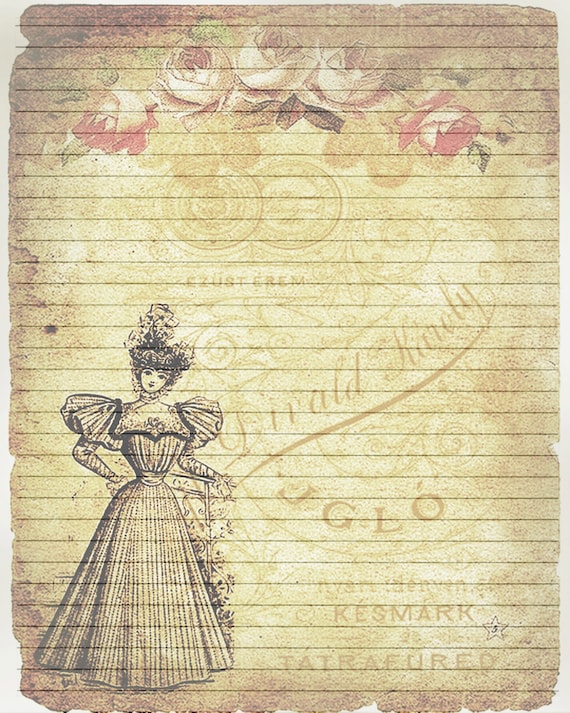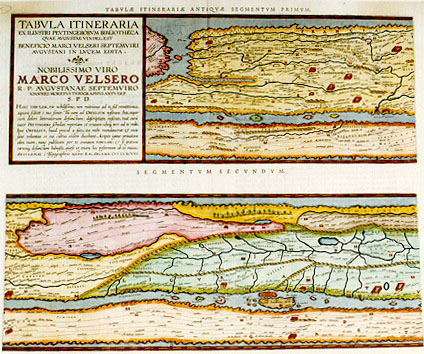

"Njoya clearly understood the power of maps," Bassett said, "especially their practical value in administrative and diplomatic affairs."

"The map's form and content nicely illustrate the political use of maps," Bassett wrote, noting that the king promoted his political goal of consolidating his control by "presenting 'images of rule,' which effectively mask power struggles and create a sense of unity." Even small decorative marks on King Njoya's map "enhance the image of rule." Lead by King Njoya, the Bamum people developed an alphabet, then undertook a major topographic survey of the kingdom, involving 60 people who made 30 stops over 52 days. The kingdom of Bamum in western Cameroon in the early 20th century was the site of one of the most ambitious mapmaking enterprises. Bassett's inventory of African maps includes cosmographic, mnemonic (for retelling origin myths), body art, rock art, sand, tapestry, village and kingdom maps, and maps solicited by European explorers (rivers, caravan routes).Īn example of body-art mapping comes from the Tabwa of the Democratic Republic of Congo, who chart the path of mythical ancestral heroes on the backs or chests of initiates to the Butwa society. In January, the volume received the American Historical Association's Brested Prize for the best English-language book in the ancient and medieval history of Africa, North America and Latin America.Īccording to Bassett, there has been until now a dearth of studies of indigenous African mapmaking, and that dearth "has served to marginalize the indigenous cartographic record." Several factors have kept African maps from receiving the scholarly attention they deserve, including the longstanding "ethnocentric and pejorative view that Africans did not have the cognitive ability to make maps the same way Europeans did," Bassett said.Īnother major factor limiting the study of African maps is the restricted definitions of "map," which "have excluded a range of processes and artifacts from serious study."Īs it happens, Africa has a particularly rich tradition of mapmaking. Toward that goal, Bassett, a geography professor at the University of Illinois, has written and provided illustrations for one of the first reviews of indigenous African maps, hoping along the way to dispel some of the major myths about mapmaking in sub-Saharan Africa.īassett's review is published in "The History of Cartography: Cartography in the Traditional African, American, Arctic, Australian, and Pacific Societies," Vol.

Geographer Thomas Bassett wants to put African mapmaking on the map. University of Illinois at Urbana-ChampaignĬontact: Andrea Lynn, Humanities/Social Sciences Editor, (217) 333-2177 Īfrica's rich tradition of mapmaking underappreciated, scholar saysĬHAMPAIGN, Ill. U of Ideas of General Interest - April 2000


 0 kommentar(er)
0 kommentar(er)
